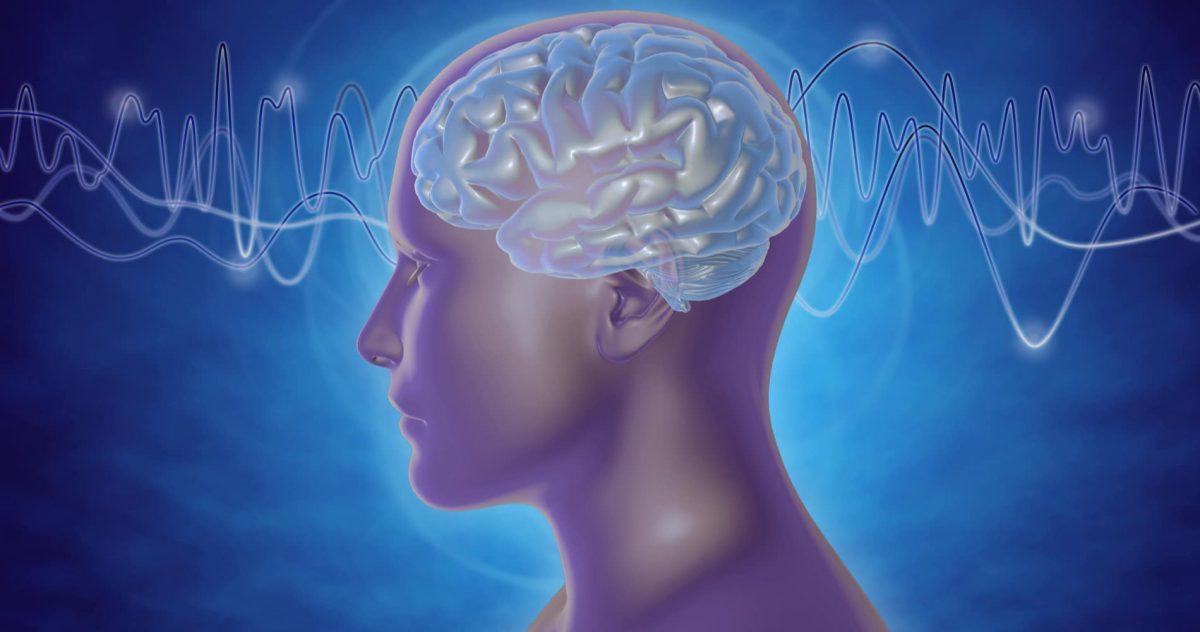Many people, despite having heard of the neurochemical dopamine, do not actually understand the molecule, or how to leverage it to their benefit. Too often, dopamine is thought to be a happy chemical; however, dopamine is not directly tied to happiness. Instead, dopamine is the molecule of motivation and drive. For this reason, dopamine is considered a neural modulator, meaning that it permits certain neural circuits in the system to activate.
In order to leverage dopamine, one must first learn how the molecule operates. Dopamine is distributed throughout the body in packages, originating from a limited pool within the brain. If too much dopamine is released at once, one experiences a crash soon after, due to the amount of dopamine in one’s body falling below the baseline. The body subsequently needs time to replenish this dopamine pool.
Another misunderstanding of dopamine is the result it has after and before being released. Everybody has a baseline of dopamine, a set amount that runs throughout the body’s system, called a tonic release, a steady stream of dopamine output. Many people have met others that seem excited and energetic. These individuals are an example of a person with a high dopamine baseline, while the people you see moseying through life like a zombie have a lower baseline.
When dopamine is released in its phasic output, there is a spike in the baseline, which could last for a split second to a couple hours. But, after this spike, one will not get the same gleeful feeling unless they raise their dopamine level even higher relative to where it previously spiked to. Someone may experience something exciting, then experience a still, but lesser, exhilarating event afterwards, but will not receive the same rush they would have if the less exciting experience came first, then followed by the more exhilarating event. Finally, after a dopamine spike, what goes up must come down, and dopamine can fall below its natural baseline for a period of time. This is where most addictions come from.
To grasp a handle on one’s dopamine related to tasks or hobbies, there is importance in remembering that repetition is the enemy of excitement. The more one does a certain task routinely, the less excitement, or dopamine, they will get from the activity in the future.
“I have tried six instruments total.. [I picked them up because] I was bored.. then I lost interest.. [after] a week to a month,” sophomore Rachel Jung commented.
The more diverse each experience is, the higher the dopamine output will be.
Using this concept, a tool to enhance dopamine is actually not to release as much dopamine as one may desire. Multiple people confessed to listening to music or partaking in another ‘add on’ practice to an activity. This is referred to as dopamine stacking, combining a task with an extra stimulus.
“[Listening to music brings about] a more positive, quicker outcome,” shared sophomore Piper Zuniga.
Many people feel similarly, but in the long run, dopamine stacking leads to burn out as well as a gradual decline in one’s enjoyment in both the original task and extra stimuli. This is due to the rule of repetition and also the fact that all people have a limited supply of dopamine. Dopamine stacking drains from one’s pool of dopamine in a situation when dopamine may otherwise replenish itself. However, there is a healthy compromise, which is adding an aspect of randomness to dopamine stacking. For example, deciding whether or not to listen to music when one normally would (such as when doing chores) by flipping a coin.
Another trap people fall into is focusing on the reward of a task to stimulate a dopamine release more so than the task itself. This is reflected in an experiment done in Stanford University by Mark L. Leeper and David Greene, in which two groups of children were asked to draw a picture. The second group got no reward while the first got an equivalent of a gold star. The study found that the children who got a reward tended to not draw in the future when no reward was to be presented, whereas the second group continued to draw just as much as they did previously. This simple experiment shows the drastic effects of focusing on the wrong goal in a task; whereas, the proper goal to focus on for maintaining healthy dopamine output is actually not to focus on any goal at all, but instead the enjoyment from the activity.
Dopamine is an irreplaceable part of tasks and an inherent opportunity to improve the quality of one’s life. The challenge is to break free from the strive to conform to dopamine for its feel good properties, but to instead build the self discipline to control one’s motivation through dopamine and leverage it to serve oneself.
Categories:
Dopamine Science for School & Work Enhancement
More to Discover
About the Contributor

Michael Rymut, Staff Writer
My name is Michael Rymut, I am a Junior and also an editor this year. I do indoor skydiving, tae kwon do and often go for hikes or runs for fun. I play Dungeons and Dragons in and out of school (club president, come join us Fridays from 3-4pm), chess and board games. I also do wood working and just made an instagram account for it (mr.woodenworks)!!








